Quiz Nature
Last Updated:
IMPROVE YOUR KNOWLEDGE WITH OUR NATURE QUIZ
Are you a nature enthusiast? We offer a collection of nature quizzes to test your knowledge on various topics, such as animals, plants, ecosystems, climate, etc.
Our nature quizzes are a fun and informative way to learn more about the natural world around us. With our selection of questions on different topics, you can test your knowledge about nature and biodiversity. Do you know the animals that live in tropical forests? Can you identify the different species of birds? Can you name the different geological formations? Our nature quizzes are here to help you answer these questions and expand your knowledge of nature.
Our nature quizzes will help you discover new animals and plants, and learn about the world’s most important ecosystems. Nature quizzes are a fun way to reinforce your knowledge and discover the beauty and complexity of nature. So if you are a nature enthusiast or just curious, come test your knowledge with our nature quizzes.
nature
/ 10

What is the largest mammal of the mustelidae family in Europe?
2The European badger
1The Beaver

🙌 Good answer
Europe's largest mammal of the mustelid family is the European badger. It can weigh up to 20 kg and is known for its nocturnal habits.
Next question

😞 Wrong answer
Europe's largest mammal of the mustelid family is the European badger. It can weigh up to 20 kg and is known for its nocturnal habits.
Next question
nature
/ 10
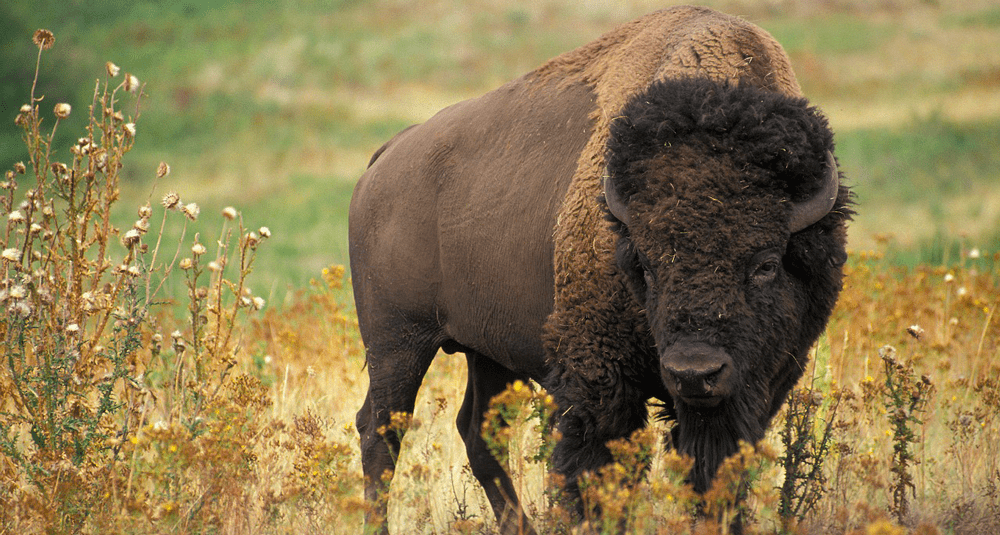
How many species of bison exist?
12
23

🙌 Good answer
Bison are a genus of large ruminant cattle of which there are two living species: the European bison and the North American bison.
Next question

😞 Wrong answer
Bison are a genus of large ruminant cattle of which there are two living species: the European bison and the North American bison.
Next question
nature
/ 10
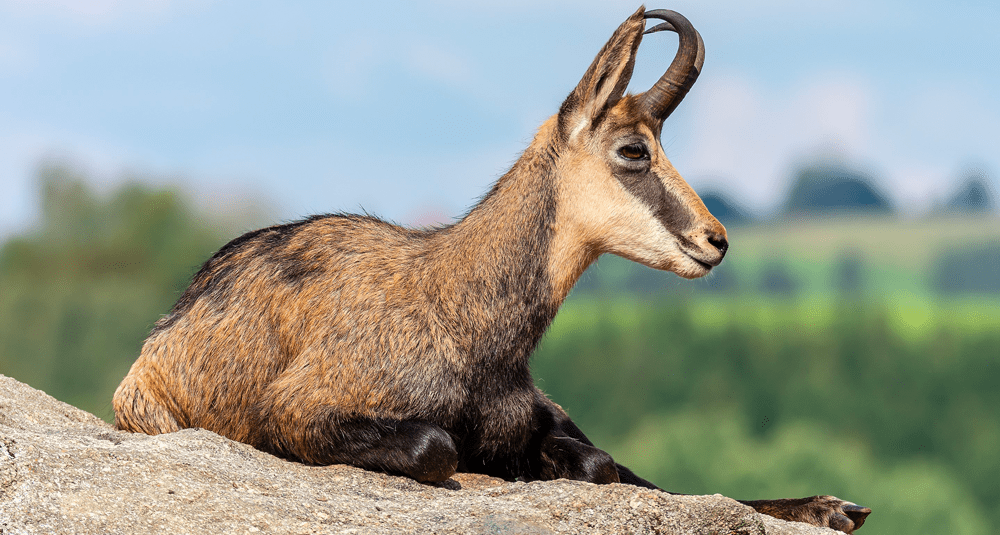
Where can you see chamois?
1Alps
2Pyrenees

🙌 Good answer
Chamois are found in the mountains of Europe, particularly in the Alps, Apennines and Carpathians. They prefer steep, rocky terrain.
Next question

😞 Wrong answer
Chamois are found in the mountains of Europe, particularly in the Alps, Apennines and Carpathians. They prefer steep, rocky terrain.
Next question
nature
/ 10
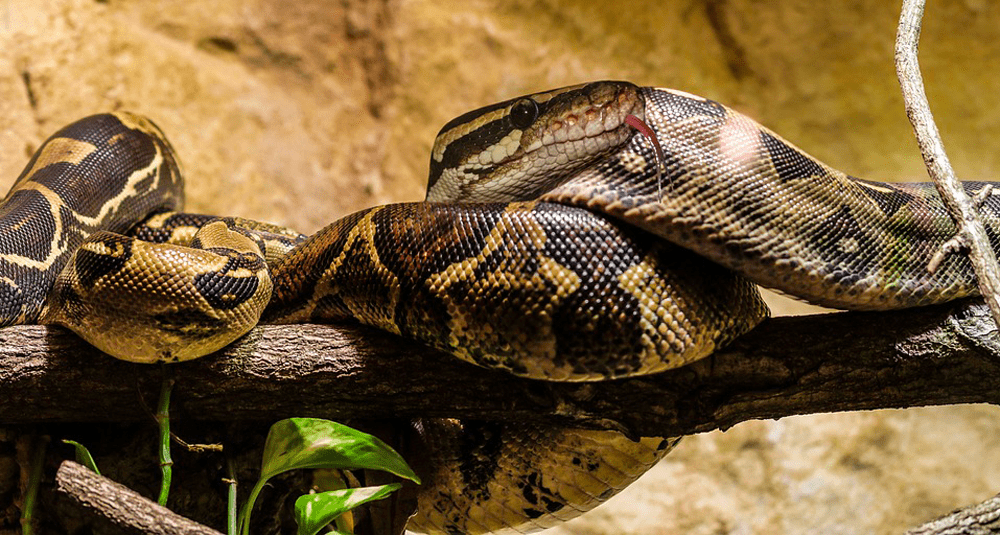
Where a wild Boa constrictor can be found?
1The American continent
2The Asian continent

🙌 Good answer
The Boa constrictor is a species of snake in the Boidae family. Formerly called Boa soothsayer or Aviosa, it is a very large snake found in the wild only on the American continent.
Next question

😞 Wrong answer
The Boa constrictor is a species of snake in the Boidae family. Formerly called Boa soothsayer or Aviosa, it is a very large snake found in the wild only on the American continent.
Next question
nature
/ 10
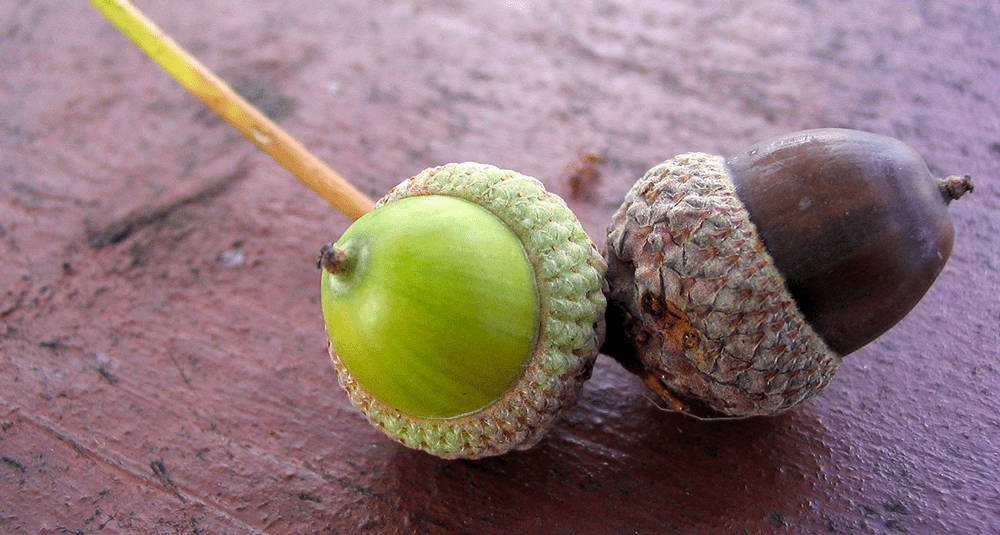
From which deciduous tree is the acorn the fruit?
1The oak tree
2The beech tree

🙌 Good answer
The acorn is the fruit of the deciduous oak tree. Oaks are widespread in many parts of the world, and their acorns are essential to the tree's reproduction.
Next question

😞 Wrong answer
The acorn is the fruit of the deciduous oak tree. Oaks are widespread in many parts of the world, and their acorns are essential to the tree's reproduction.
Next question
nature
/ 10

Where is the Great Blue Hole located?
1Belize
2Madagascar

🙌 Good answer
The Great Blue Hole is an underwater cenote located off the coast of Belize, Central America. It is part of the Lighthouse Reef and is protected within the Belizean reef.
Next question

😞 Wrong answer
The Great Blue Hole is an underwater cenote located off the coast of Belize, Central America. It is part of the Lighthouse Reef and is protected within the Belizean reef.
Next question
nature
/ 10

Which volcano is the deadliest?
1Tambora
2Unzen

🙌 Good answer
The eruption of the Tambora in 1815 was the most violent volcanic eruption ever known historically, and above all the most deadly.
Next question

😞 Wrong answer
The eruption of the Tambora in 1815 was the most violent volcanic eruption ever known historically, and above all the most deadly.
Next question
nature
/ 10
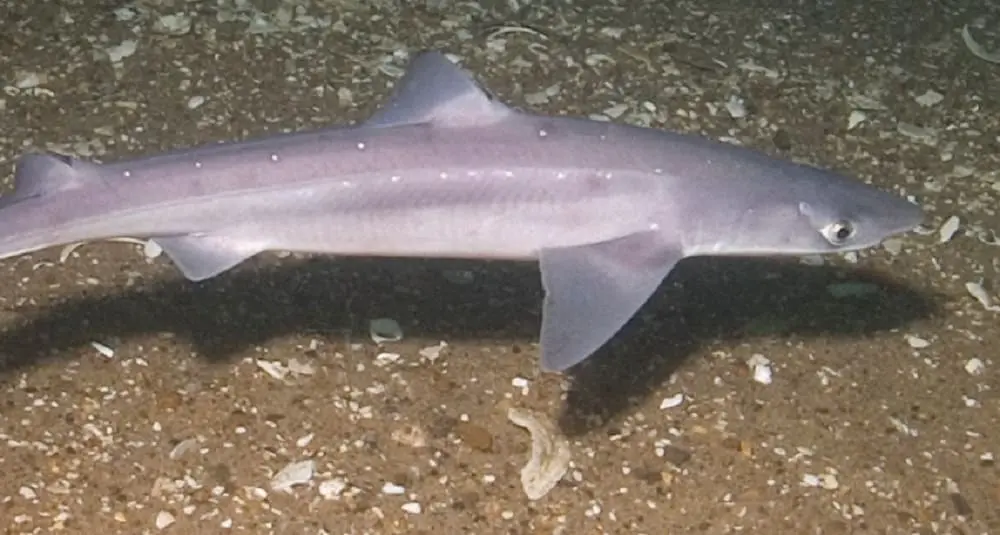
What is a spiny dogfish?
1Shark
2Tuna

🙌 Good answer
The spiny dogfish, also called dogfish, is a small shark belonging to the shark family.
Next question

😞 Wrong answer
The spiny dogfish, also called dogfish, is a small shark belonging to the shark family.
Next question
nature
/ 10
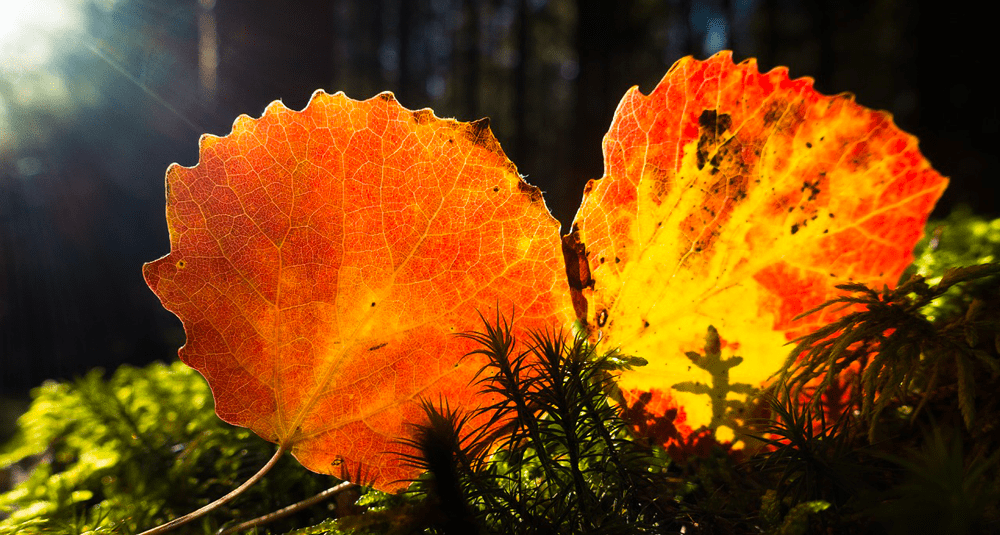
Which trees are also called vergnes or vernes?
1Alders
2Plane trees

🙌 Good answer
The trees known as vergnes or vernes are alders, trees often found in wetlands such as riverbanks.
Next question

😞 Wrong answer
The trees known as vergnes or vernes are alders, trees often found in wetlands such as riverbanks.
Next question
nature
/ 10

What is the average lifespan of a cockatoo?
2Between 40 and 60 years old
1Between 20 and 40 years old

🙌 Good answer
The average lifespan of a cockatoo in captivity varies between 40 and 60 years, depending on the species and care provided, but some can live even longer.
Next question

😞 Wrong answer
The average lifespan of a cockatoo in captivity varies between 40 and 60 years, depending on the species and care provided, but some can live even longer.
Next question




